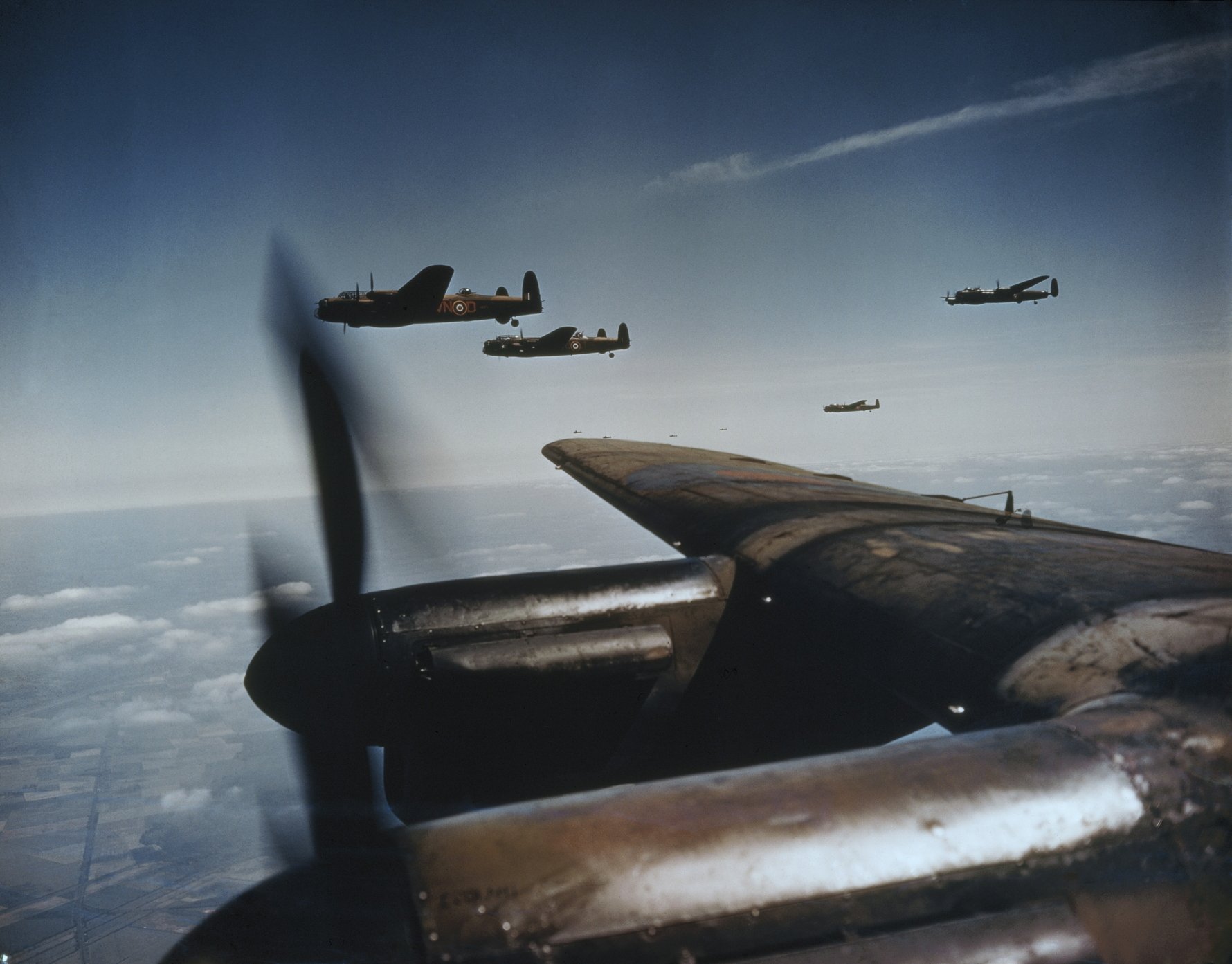
Your opinion on how justified the bombing is will depend on your own personal politics, but it is difficult to deny the geopolitical and strategic importance of Kassel. This is just about as central as Germany gets and as a very important railway junction as a result. What’s more is Kassel was one of the main industrial centres of the country, not to mention the headquarters of a military district (Wehrkreis IX). The city was home to the Fieseler aircraft plant as well as Henschel & Sohn, a major tank manufacturer. Much of the industry in the city was focused on transport. That Kassel was a target isn’t a huge surprise.
The bombings were frequent and the bombings were heavy, none heavier than the night of October 23, 1943. The attack began on 20:45, five minutes after a fake raid on Frankfurt that the Germans saw through, but that helped little. Martinsplatz was the target area, and 569 bombers dropped 1,800 tons of bombs and some 460,000 magnesium fire-sticks on the old centre of the city. Many of the buildings were made out of wood and stood little chance against the hell raining down on them from the skies. Within 15 minutes, the centre was ablaze. Temperatures reached a terrifying 1500 degrees, with winds hitting speeds of 100mph. All of the oxygen was sucked out of the air, and those who made it to the initial safety of the cellars soon died of asphyxiation. Hell on Earth? An understatement.

Kassel burned for seven days. The telephone lines were almost immediately damaged, meaning fire and rescue operations were compromised from the get-go. The city’s water supplies were also hit, and you don’t need to be a professional fire fighter to see how that would hurt. More than 150,000 civilians were left homeless as a result of the bombing, with more than 10,000 dying in the blazes. 90% of downtown Kassel was flattened. It would never be the same again. The horrible irony of it all, despite the obvious, is that many of the city’s factories survived the annihilation. It was the residents of Kassel that suffered and the residents of Kassel alone.
By the time the war in Kassel came to an end, the city’s population had shrunk from 236,000 to just 50,000. The city lost much of its pre-war importance, an initial central location developing into a city located just 30km from a new frontier, and a city so close to East Germany and the Iron Curtain was too risky to initially develop. But that freeze didn’t last forever, and Kassel was eventually rebuilt. The medieval style that had been so callously destroyed was eschewed in favour more modernist styles, but a number of buildings were rebuilt in the old style.
It is a testament to the spirit of Kassel that the city has recovered in the way it has. The city has developed into a multicultural and productive city, renewing its industrial past while embracing the forward-thinking creativity of contemporary art and all the rest. Kassel is a different place today, but it wouldn’t be what it is without the miserable months between February 1942 and March 1945.





Comments